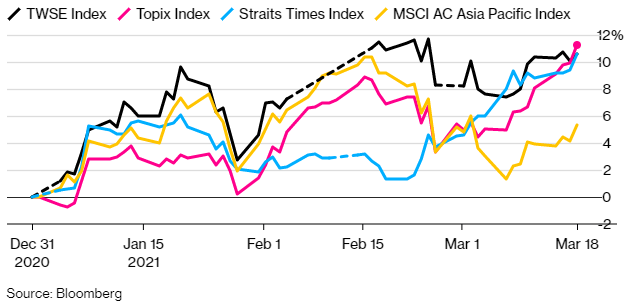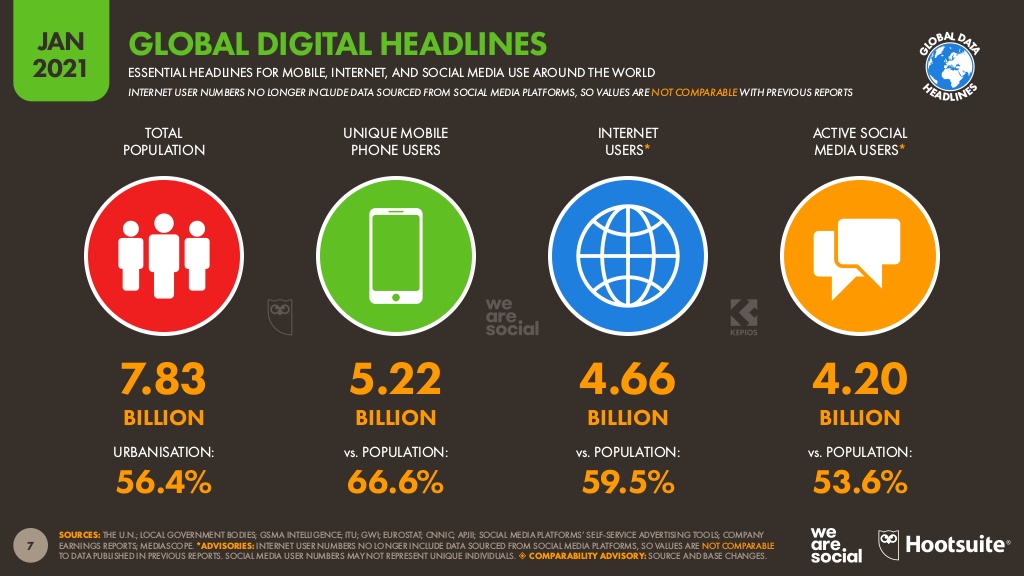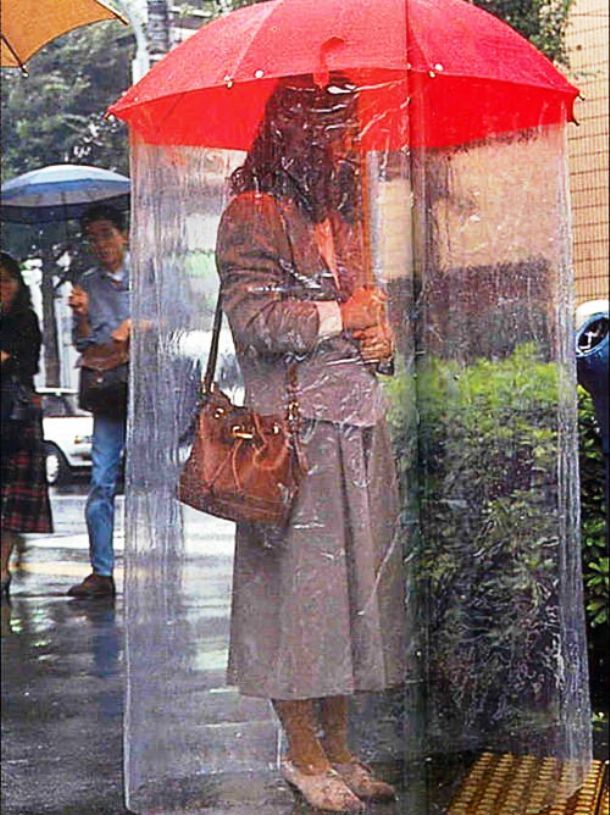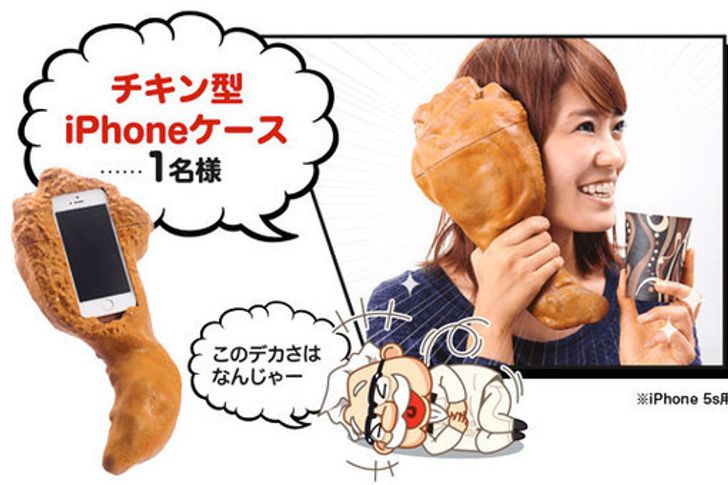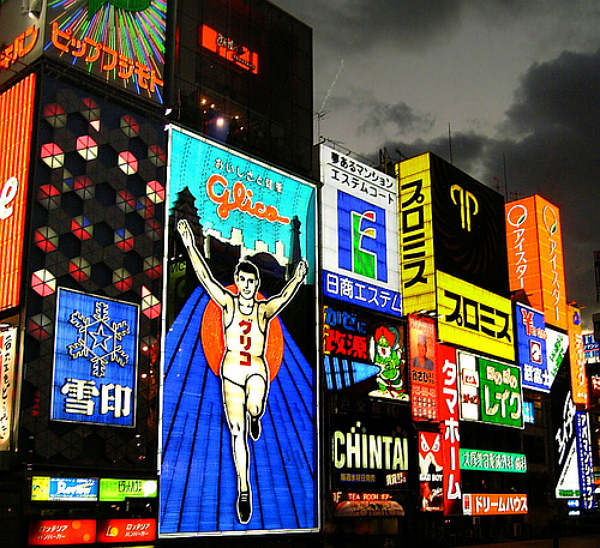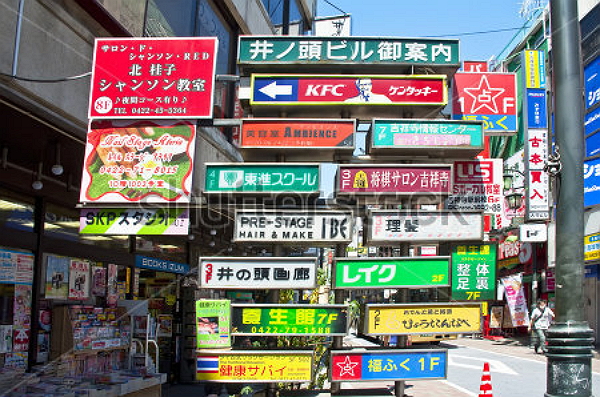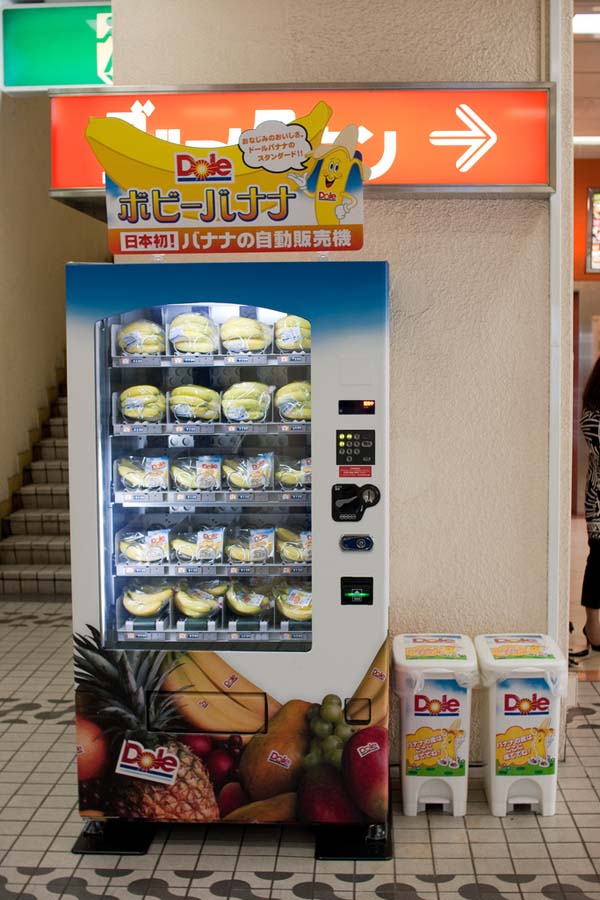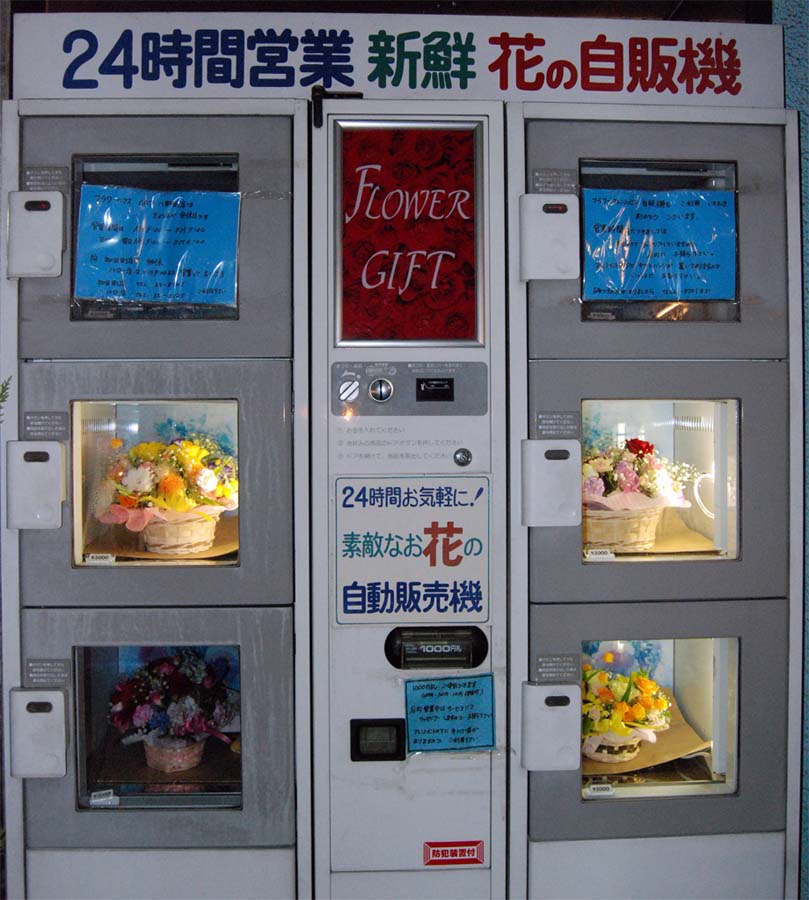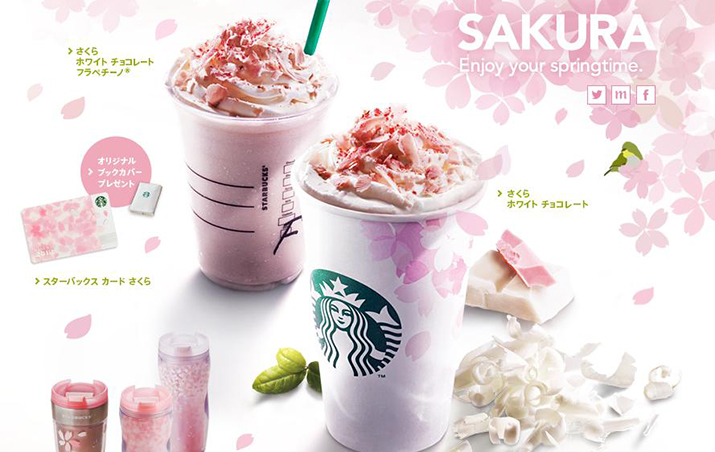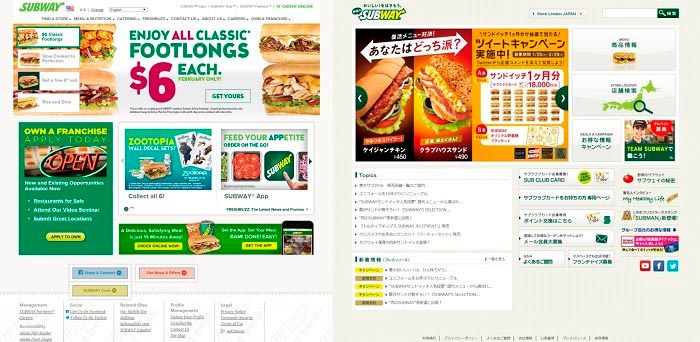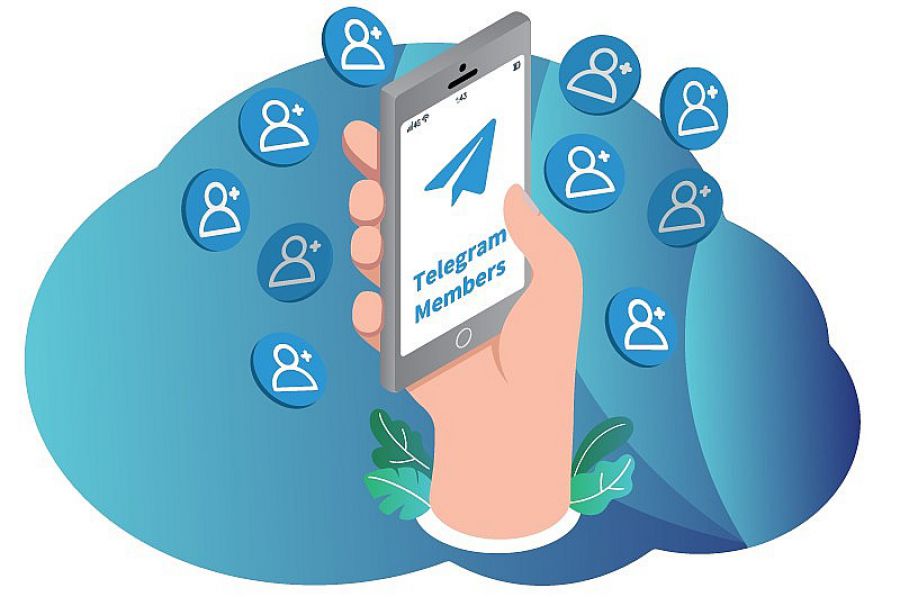Features of Marketing in Japan
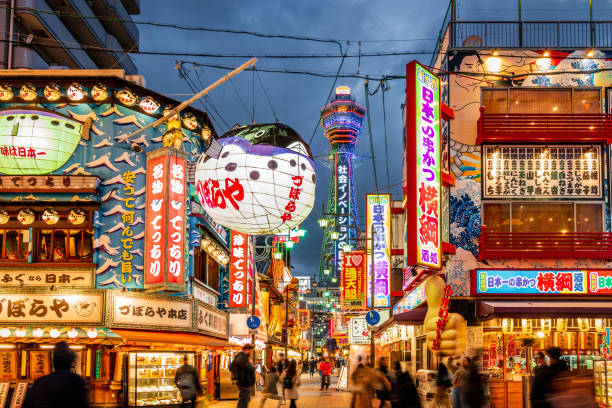
What associations come into your head when you hear the word "Japanese marketing"? Probably a strange Japanese TV ad and bright glowing lights. However, it’s not quite. In Japan, there are many global giant companies, to them by a successful marketing campaign brought whose fame to them. For example, Mazda, Nissan, Toyota, Sony, Yamaha, Nintendo, Hitachi, and so forth. Also in Japan are the famous and largest advertising agencies such as Dentsu and Hakuhodo.
Each company strives for development and innovation, so often entrepreneurs use the repetition of business models, which, btw, is very common in Japan. Therefore, we suggest reading this article about the features of marketing in the Land of the Rising Sun and learn up something interesting and useful.
Some statistics
According to Bloomberg, Japan is the third largest market in the world, accounting for about 10% of the global economy. As of March 2021, Japanese stocks have become the most profitable stock market in Asia. The country has surpassed Taiwan as Asia's largest market in 2021.
However, it is difficult for many foreign companies to enter the Japanese market. There are certain complexities in traditional Japanese marketing and advertising require deep local knowledge.
Overview of digital and online media usage in Japan:
Based on the data, annual digital advertising spending is predicted to rise and much companies plan to enter the online market in Japan.
Advertising spending in the digital advertising market is expected to reach $17,266 million in 2021. Search advertising is the largest market segment with a projected market size of $6,737 million
Japan may be a little behind the rest of the world when it comes to digital marketing, but according to the latest data, times have changed in the Land of the Rising Sun. The global digital transformation has highlighted the significant growth of digital marketing in the country.
Even traditional companies in the country switch to digital signatures. Therefore, some changes and trends are expected to continue in the coming years.
Successful marketing case in Japan
KFC and Christmas
There are few сhristians in Japan, but people still love Christmas for its cozy atmosphere and beauty. KFC is one symbol of Christmas in Japan. In Europe and Western countries, it's customary to eat a turkey at Christmas, but in Japan this bird is hard to find, and then comes a 1974 advertisement from KFC calling for eat chicken (after all, it is also a bird) for the holiday.
Difference from Western marketing
- “Marketing activities in Japan are completely different from those adopted in the West.” N. Suzuki.
The main principle of Western marketing is the needs of consumers, although important, should be taken into account for "organizational purposes", persuasion and manipulation. Japanese marketing is about satisfying the desires of the consumer at the same level a manufacturer himself would satisfy. In contrast to persuasion and persuasion, in Japan, serving the customer through goods and services is valued.
Marketers in Japan study the needs and desires of customers, but don't create the goods customers' need now, but those they want soon. Most of Japan's leading companies have become because they could catch the consumer's needs earlier, deeper and more fully than he did, and then offer really vital goods and services, the existence of which he didn't even suspect before appeared on the market.
Crazy japanese commercial ideas
Japanese marketing is widely known for creative and shock content. It's difficult for an unprepared layperson to understand such advertising, but fact is that it will discuss for a long time and throw it off to friends.
In advertising, the Japanese often use bright and saturated colors that catch the eye. Bright and acid colors are generally considered a luxury. There is a simple rule: the brighter the ad, the better the product. Also, the Japanese love the fantasy and cartoon bias, put on wigs, unusual clothes and abstract from the negative.
Consider examples:
Does it work? Definitely works! YouTube videos with Japanese commercials are gaining millions of views:
An unusual approach always impresses and leaves emotions. Well, if large international companies want to impress the Japanese market, adjusting to the tastes and specifics is a must. Here is an example for Nike and McDonald's:
Unusual goods from Japan
One principle that we described above is guessing the desires of consumers. Start selling something the buyer hasn't even thought about yet, but this thing may be useful to him. Almost the entire Asian market has this approach. Let's look at a few examples:
Chair socks:
Protect against damage to the parquet and creaking from the movement of the chair
Jacket with straps
Super umbrella
Pillows for single women
Capsule hotels that have already become popular in other countries
Bonus:
Outdoor advertising
One feature of Japanese marketing is outdoor advertising. Bright advertising on the streets has already become a landmark in many major Japanese cities. Here, it's important that advertising fits into the design and architecture of buildings, doesn't interfere and looks superfluous.
And of course, our favorite is free toilet paper with ads:
Japanese vending machines
Another feature of Japanese streets are vending machines. No need for employees, salespeople, consultants, because the robot will do everything.
For example, selling chicken eggs:
Bananas
Flowers
Manga marketing
Since anime and manga have become an integral part of Japanese culture, it widely felt their influence. Some marketers are even incorporating manga marketing into their digital strategies, primarily to achieve greater impact and appeal to young people.
Manga-style ads have visuals and words make it easy for people to understand and remember more information.
Much people in Japan have grown up using manga as their primary entertainment, so the typical Japanese consumer is more likely to read advertisements that feature manga.
What is important for the Japanese consumer
Low level of trust. According to the Edelman 2020 survey, out of 28 countries, Japan ranks 5th and 7th, with the lowest levels of trust in business institutions and the media. The results of the study also showed information verification activity is high in Japan, and search engines are the most reliable source of information. Therefore, businesses shouldn't expect most Japanese consumers to accept marketing messages at face value. Most likely, customers will check the information on the Internet.
High email popularity. Japan spends more time on email compared to other countries. Adobe Campaign specifically created "Japanese styles" of email formats for Japanese mobile phones. Research shows Japanese subscribers expect to be contacted with news about products and special offers. Thus, email marketing remains a powerful tool in Japan.
High quality standards and service expectations. The Japanese are considered the most demanding customers for quality. The explanation for this is quality assessment is not limited to the product, but includes service during the sale process as well as after-sales service. In addition, Japanese consumers value brand information, service, delivery, packaging and advertising as key factors in assessing quality and making a purchase decision. Brand orientation is important.
Don't get lost in translation. 99% of the population speaks only Japanese. Therefore, translating company websites and social media posts is vital to deliver brand messages effectively.
Japanese localization can take longer than other languages, involve more steps, and cost more. With good preparation and knowledge of the basics, you can avoid problems. The standard requirement is the absence of errors.
The Japanese language changes rapidly and is very subjective. In addition, styles are also specific for different generations. The Japanese prefer images and visuals over long texts.
Quality matters. Even a small defect or bad labeling on your product is likely to cause complaints from Japanese buyers. Japanese consumers pay so much attention to detail; therefore, it's worthwhile to ensure first-class product quality that your products or services become a hit in the country.
Beauty and aesthetics. Kawaii is a Japanese term that means "cute", and cuteness is a unique yet highly valued aesthetic quality in Japan. A lot of companies prioritize aesthetically pleasing and harmonious Japanese website content to attract consumers.
Conclusion
Japan is a huge and influential market for international companies that is constantly evolving. However, Japan has some of the most specific and different traditions and features.
Obviously, companies that want to expand East must study all the differences and features of marketing approaches, but it's worth it.
Try Popsters Trial plan to get content activity statistics of any pages for a next 7 days for free
Try for free
